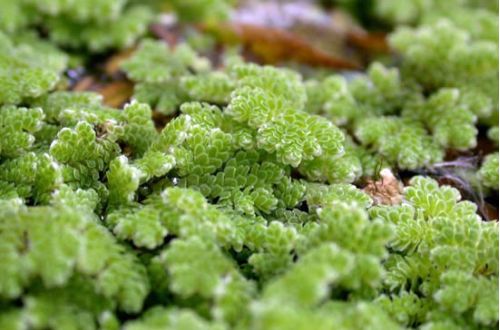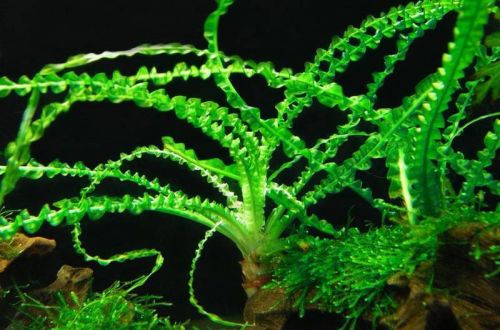
Azolla fern
Azolla fern, scientific name Azolla filiculoides, also known by the old and already erroneous name Caroline Azolla (Azolla caroliniana). Widely distributed throughout the Americas from Canada to northern Argentina. It is currently found in Europe and Asia, having entered the wild from home aquaria. This small fern is found in a variety of environments and can be seen in ditches, swamps, lakes and other bodies of water with stagnant or slowly moving water.

Outwardly, it is practically indistinguishable from Azolla comb, from which both species are confused and often sold under the same name. However, this does not cause problems, since the requirements for the content are identical. The fern consists of individual miniature fragments – green “leaves” covered with tiny hairs. “Leaves” (quoted because ferns do not have them) are interconnected and form clusters that, under favorable conditions, can fill the entire surface of an aquarium or pond.
This surprisingly unpretentious fern does not need special care and perfectly adapts to changes in external conditions. For example, Azolla fern spores can survive cold weather and frost, and the fern itself can grow in nutrient-poor water due to symbiosis with cyanobacteria Anabaena. Bacterial colonies are located on the underside of the “leaf” and convert available trace elements into nitrates necessary for growth. Moreover, their number is so high that in Asia Azolla is used as a fertilizer, grown in rice fields, and then plowing, thereby fertilizing the soil.




